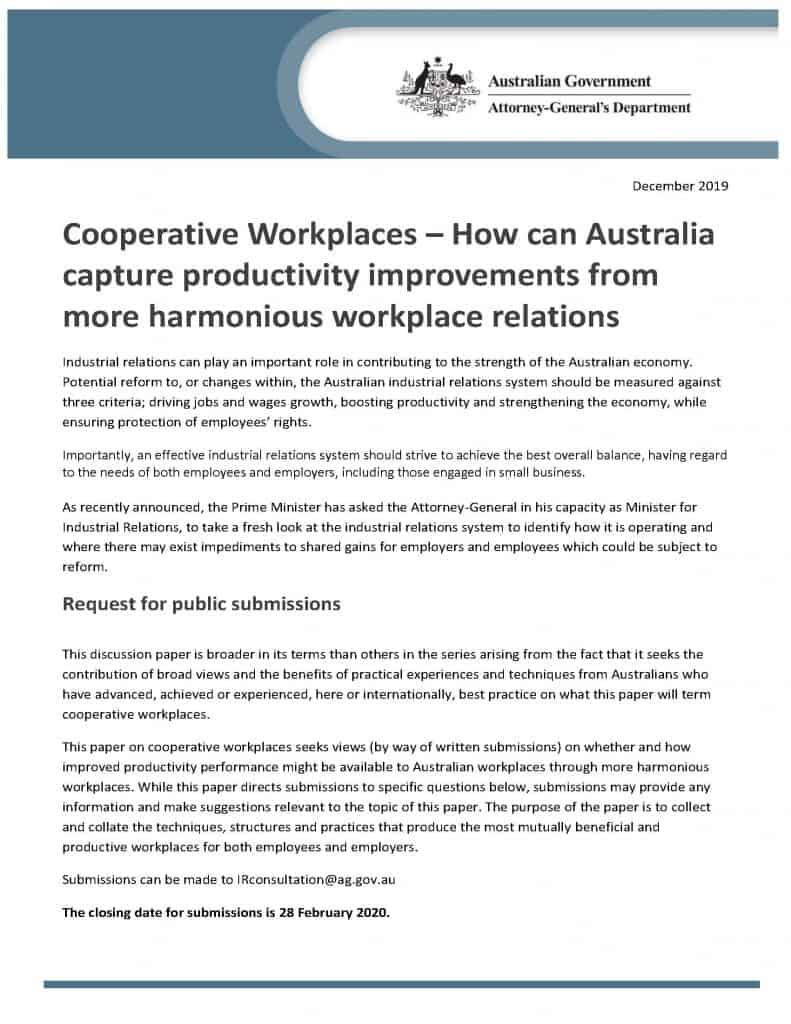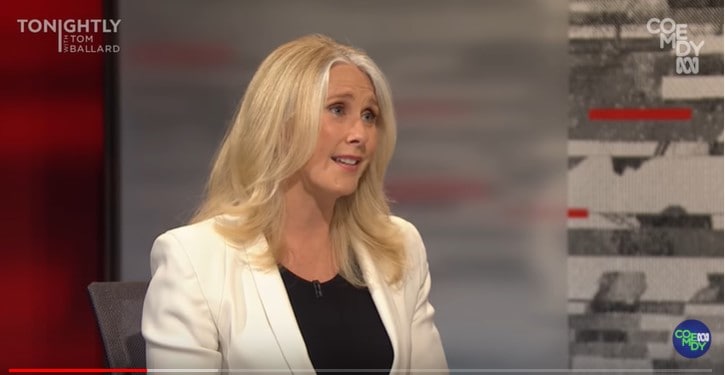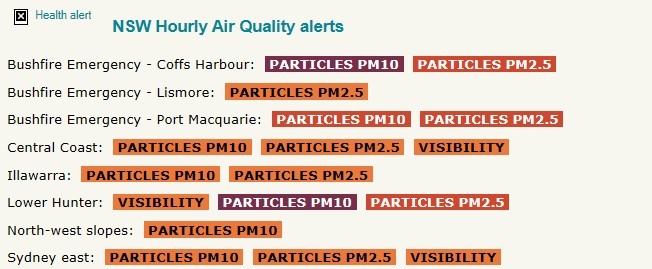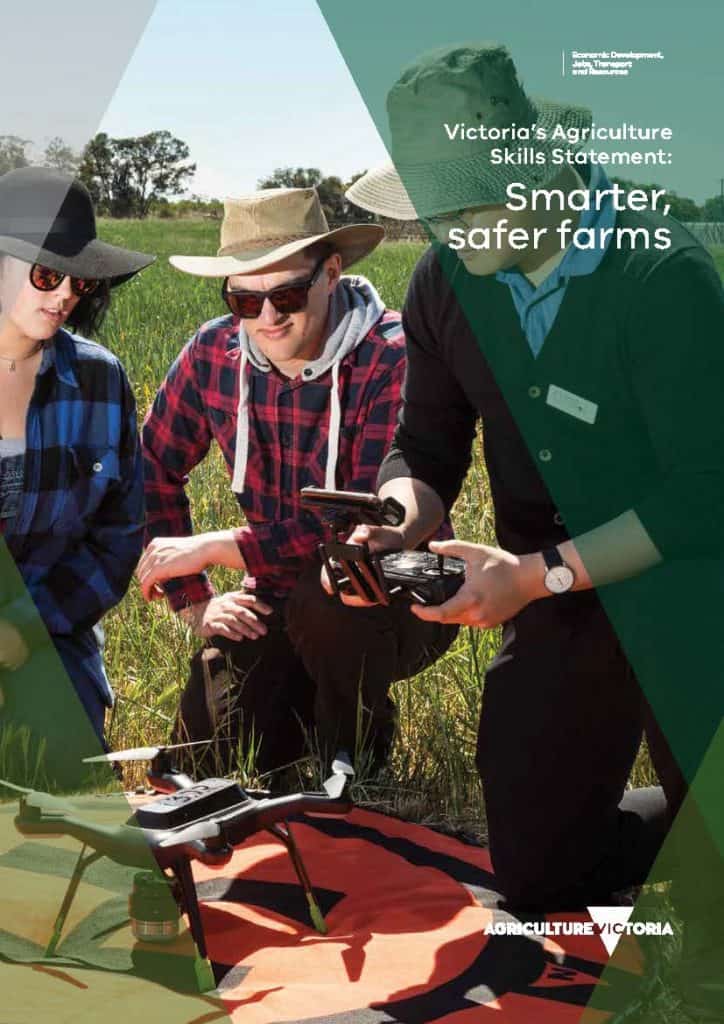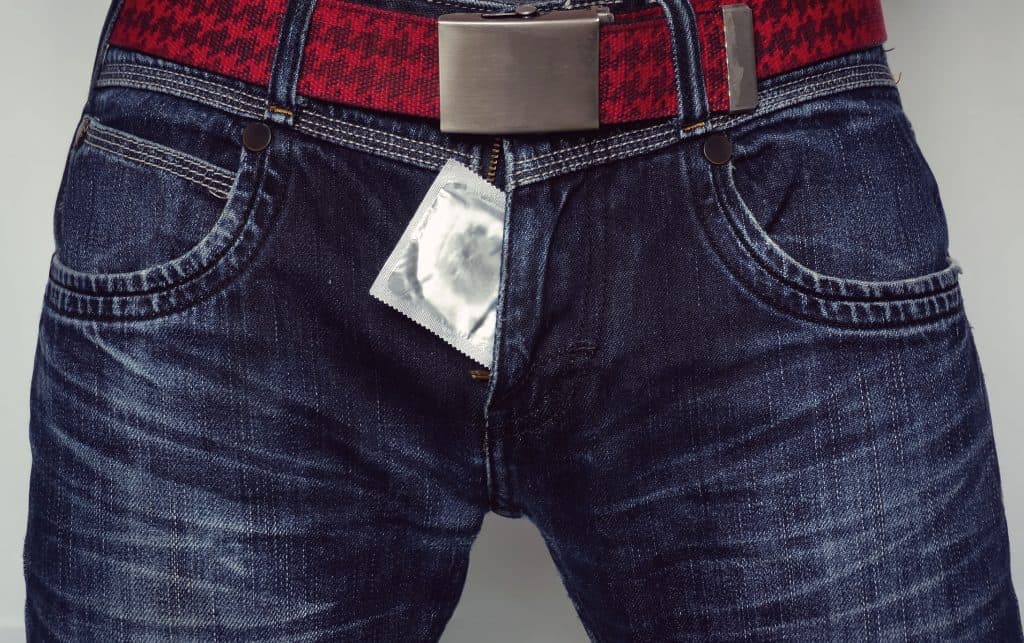
At the moment, there is a growing concern about accountability of political leaders, business executives and established institutions. In Australia’s occupational health and safety (OHS) community that has manifested in a movement to introduce Industrial Manslaughter (IM) laws aimed at negligent employers. These laws have caused some business sectors and leaders to, figuratively, shit themselves. But this fear exists largely when looking at business and OHS through a legal compliance perspective. Breaking down Negligence to a concept that many more people understand – Neglect – may help some better accept their accountability for safe and healthy workplaces.

